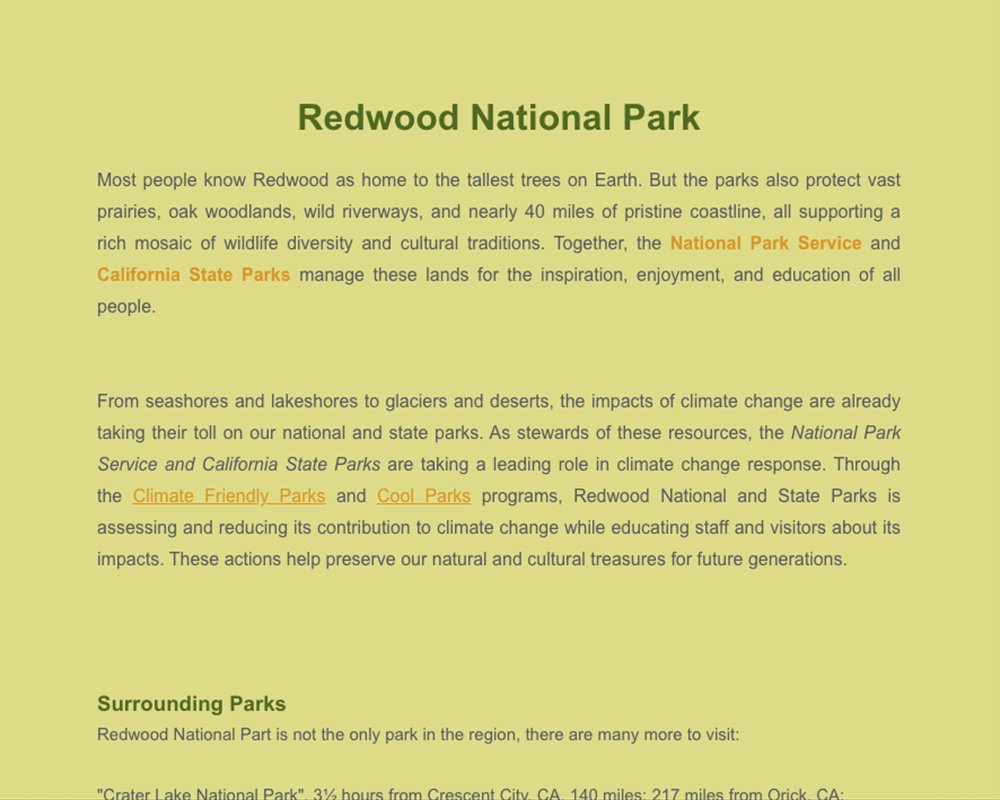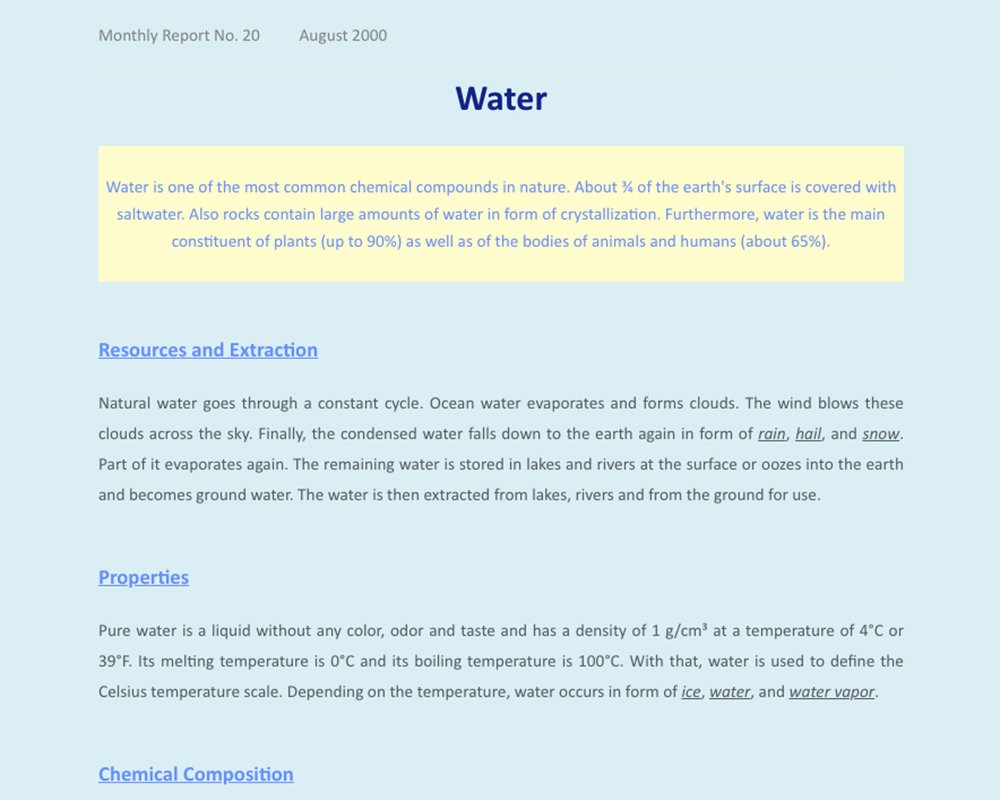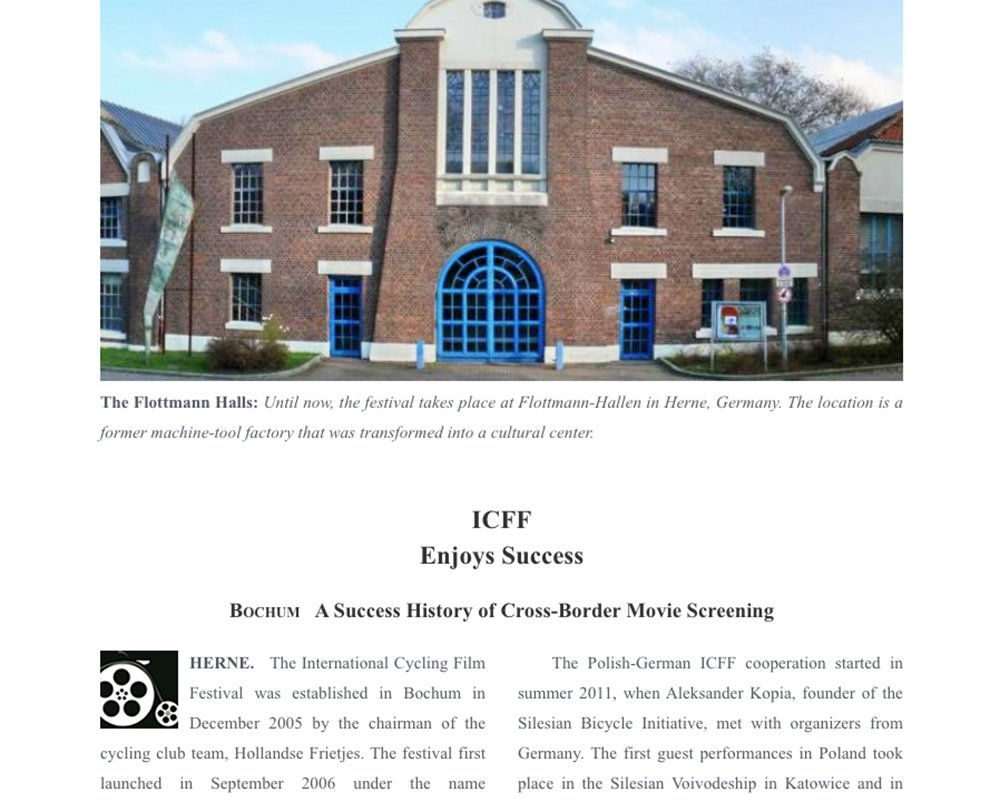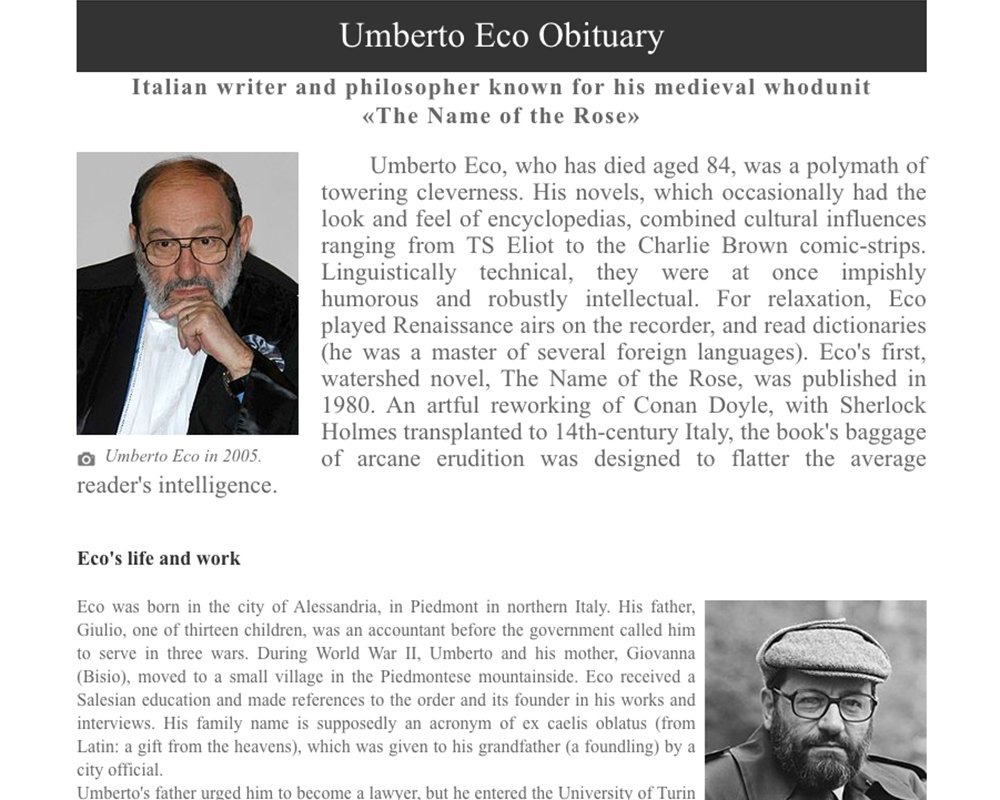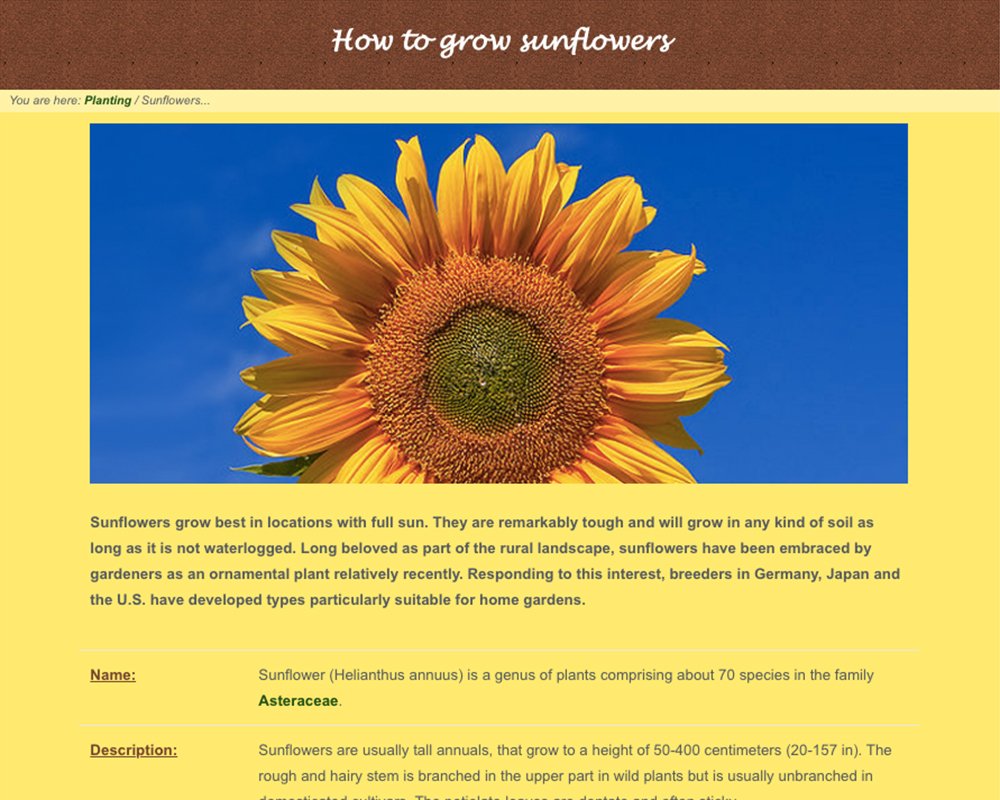Monthly Report No. 20 August 2000
Water
Water is one of the most common chemical compounds in nature. About ¾ of the earth's surface is covered with saltwater. Also rocks contain
large amounts of water in form of crystallization. Furthermore, water is the main constituent of plants (up to 90%) as well as of the bodies of animals
and humans (about 65%).
Resources and Extraction
Natural water goes through a constant cycle. Ocean water evaporates and forms clouds. The wind blows these clouds across the sky.
Finally, the condensed water falls down to the earth again in form of rain, hail, and snow. Part of it
evaporates again. The remaining water is stored in lakes and rivers at the surface or oozes into the earth and becomes ground water. The water is then
extracted from lakes, rivers and from the ground for use.
Properties
Pure water is a liquid without any color, odor and taste and has a density of 1 g/cm³ at a temperature of 4°C or 39°F. Its melting temperature is 0°C and its boiling temperature is 100°C. With that, water is used to define the Celsius temperature scale. Depending on
the temperature, water occurs in form of ice, water, and water vapor.
Chemical Composition
Analysis of water
The easiest way to chemically decompose water is by means of electric current. This process is called Electrolysis and is derived from Electricity and
Analysis).
The electrolysis results in the following:
The Electrolysis of Water results in 2 Parts of Hydrogen and 1 Part of Oxygen.
Water is a chemical compound whose molecules consist of two atoms of hydrogen and one atom of oxygen. Its chemical formula is H2O.
2 H2 + O2 → 2 H2O +
Energy
Source: Chemistry for Students / 2nd Edition
© Life Science Publishers 2000
www.lifescience-publishers.com • info@lifescience-publishers.com

